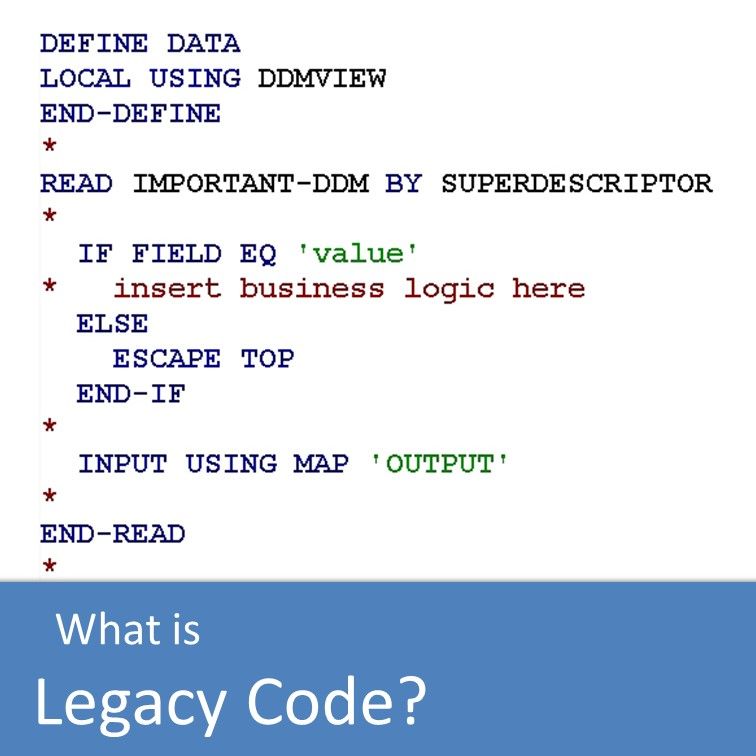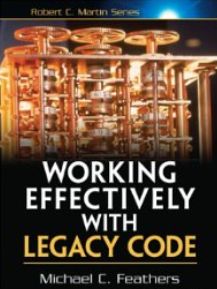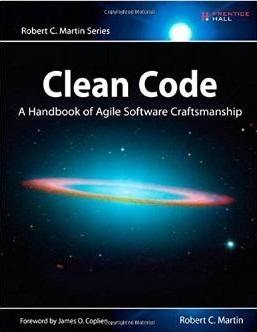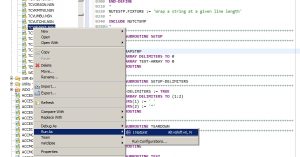This podcast is called “Legacy Coder” but what exactly is legacy code? I talk about my definition of the term in the fifth episode of the Legacy Coder Podcast.
Podcast: Play in new window | Download
Legacy Code?
- What is Legacy Code?
- Definition by Michael Feathers: “Code without tests.”
- Code of a certain age.
- Brown field instead of green field.
- “Old” languages or platforms.
- Natural, COBOL, ABAP, Mainframes.
- But also J2EE.
- Code that’s hard to change or maintain.
- You can write “new” legacy code.
- You can also write legacy code in modern languages like Java or C#.
- Big Balls of Mud, Monoliths.
- Duplicated code.
- Hard to separate into individual pieces of functionality for reuse.
- Different concerns are bundled together (see title image).
- Code that lacks certain quality characteristics.
- Not readable, not modularized, not consistent, hard to understand, deeply nested, similar things are done differently, no patterns.
- How can you get rid of legacy code?
- Why would you want to get rid of the code in the first place?
- “Don’t forget – having legacy software is often a sign of success. Your business was successful to last long enough for your software to become legacy.” [Sam Newman]
- High maintenance costs, aging/retiring workforce, unable to implement new requirements.
- A big rewrite is almost never the answer. But sometimes.
- Gradually improve the quality of your codebase.
- Introduce tests, e.g. compare log files before/after.
- Integrate the legacy code base into your modern architecture, e.g. with webMethods and EntireX for Adabas/Natural applications.
- Why would you want to get rid of the code in the first place?
A short piece of Legacy Code in (pseudo) Natural
Here’s how many of the old Natural modules I encounter in my day job look like:
DEFINE DATA
LOCAL USING DDMVIEW
END-DEFINE
READ IMPORTANT-DDM BY SUPERDESCRIPTOR
IF IMPORTANT-DDM.FIELD EQ 1
ADD 100 TO IMPORTANT-DDM.FIELD
UPDATE
END TRANSACTION
ELSE
ESCAPE TOP
END-IF
INPUT USING MAP 'OUTPUT'
END-READ
END
Database access, business logic, and the presentation of the results to the user (UI) are all bundled together into a single module. This becomes a maintenance nightmare quickly and is very hard to test because the individual concerns can’t be separated for testing.
This module could be split up into 5 different modules that only do one thing, can therefore be reused in different scenarios, and can easily be (unit) tested:
- Reading the database (e.g. subroutine
READ-DATA) - Processing the data, a.k.a. your “business logic” (e.g. subroutine
PROCESS-DATA) - Saving data to the database (e.g. subroutine
SAVE-DATA) - Showing the results to the user (e.g. subroutine
DISPLAY-DATA) - Orchestrating the individual steps to implement the whole use case (the main program)
Here’s how the refactored main program would look like:
DEFINE DATA
LOCAL USING ARRDATA
END-DEFINE
PERFORM READ-DATA ARRDATA
PERFORM PROCESS-DATA ARRDATA
PERFORM SAVE-DATA ARRDATA
PERFORM DISPLAY-DATA ARRDATA
END
Recommended reading (and hearing)
In his book Working Effectively with Legacy Code* Michael Feathers shows different ways of introducing automated tests into a legacy code base. He uses C++ in his examples but the underlying ideas can be applied to any other programming language, too.
Robert C. Martin wrote my all time favourite book for software developers: Clean Code*. If you haven’t read it already, grab a copy now and read it from front to back! No matter what programming language you’re using, you will definitely find lots of ways to improve your existing code in here.
In the very first episode of this podcast I talked about how to unit test your Natural application. In my opinion, that’s a very important step in modernizing a legacy code base.



